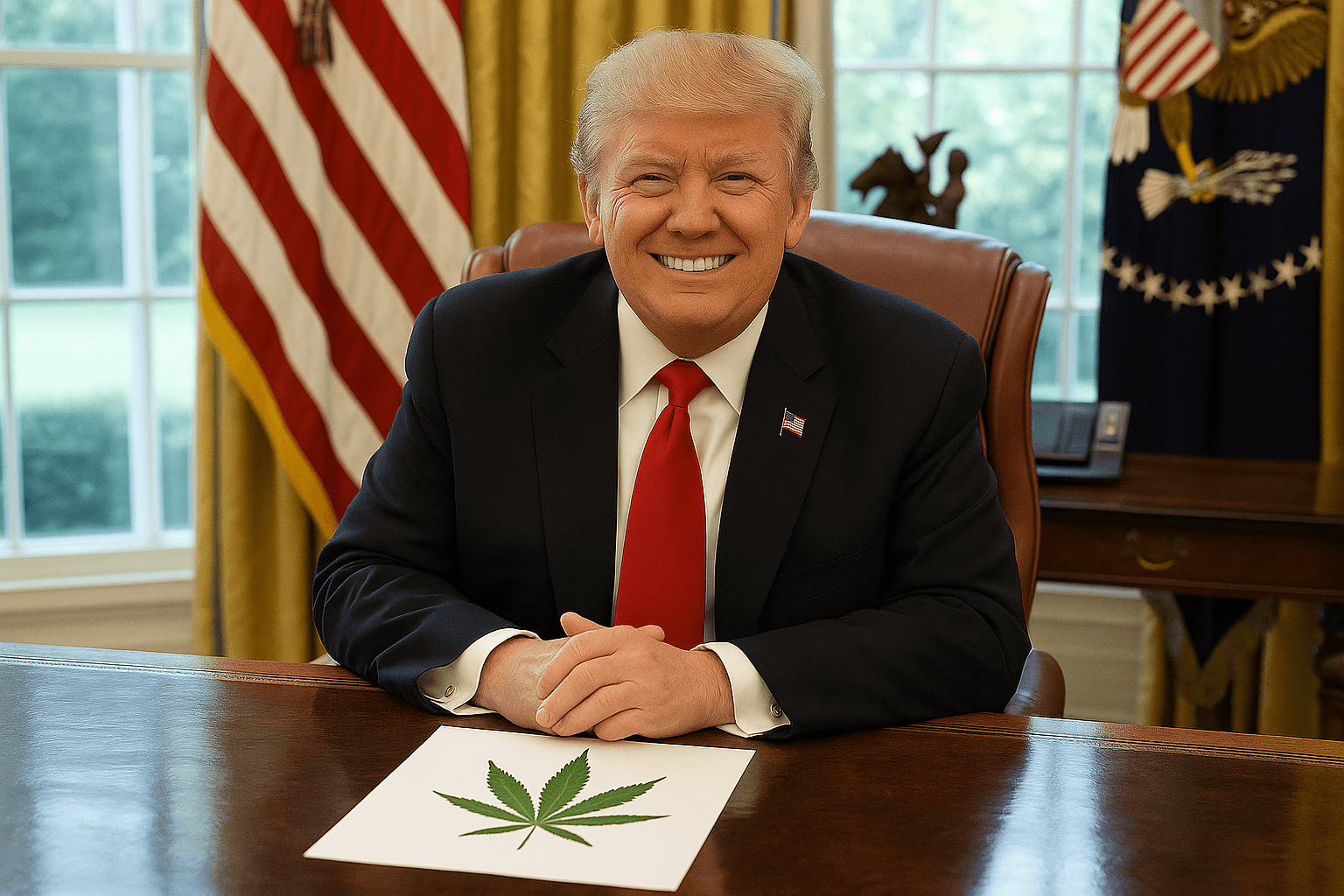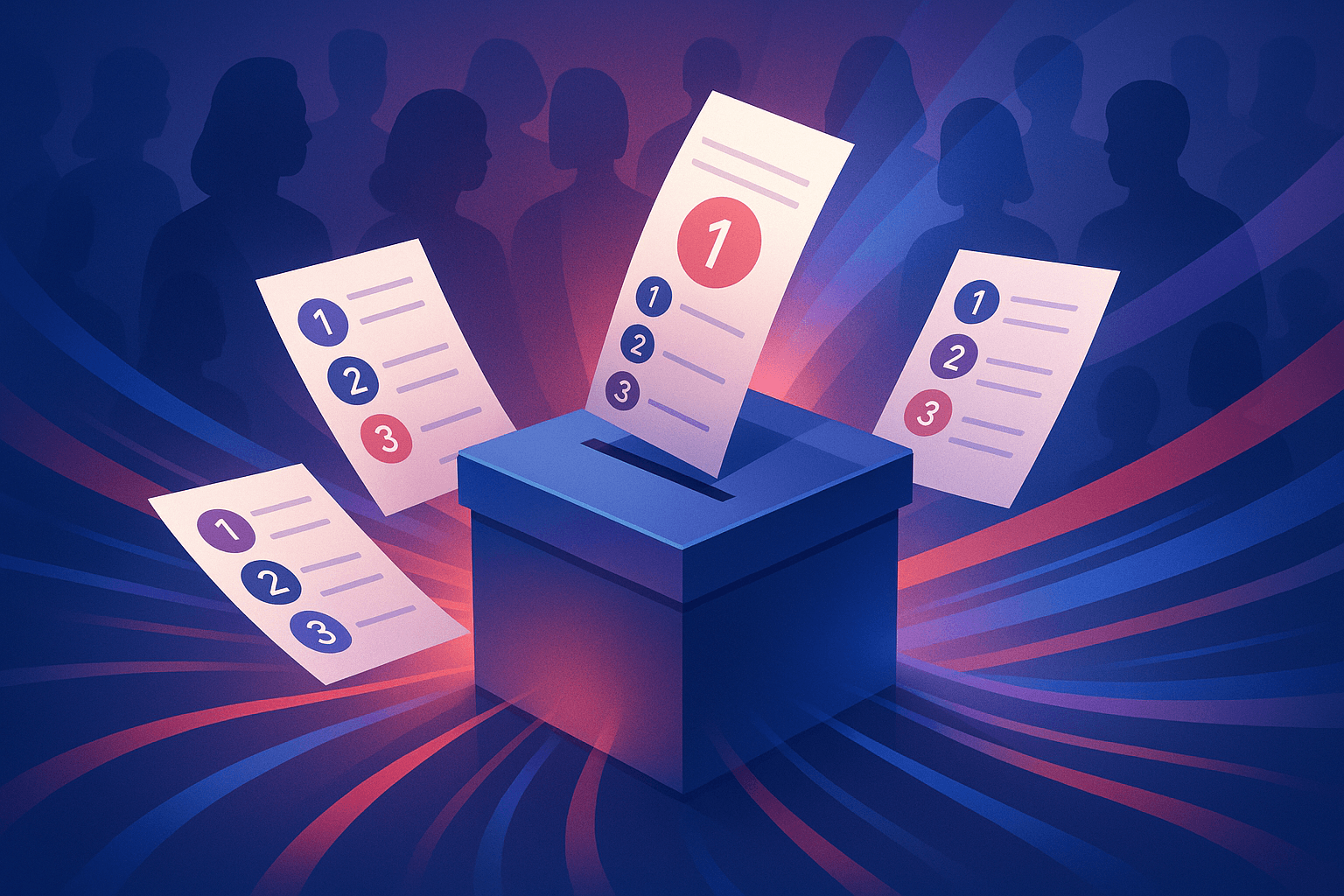Don't Be Fooled, New Debate Reform Still Excludes Independent Candidates
The Commission on Presidential Debates may soon lower the polling threshold to 10% for access to the stage. But don't be fooled. An independent will still be excluded. Here's why.
At its upcoming meeting, there is a good chance that the Commission on Presidential Debates (CPD) will respond to pressure from the Federal Election Commission (FEC), from groups like ours, and from the public -- and will change one of its criteria for access to the final 2016 debates.
The reason these debates matter is that they give validation and vast exposure to candidates. Most Americans have strong antipathy to the two-party system and want to be able to vote for a viable independent for president, but that independent has zero chance if he or she is not in the final debates.
The change in admissions standards that the CPD may approve - a change that we have expected for months - will be wholly inadequate. It will have little or no effect on real-life results, which, for the past 23 years, have been that only two contestants, one Democrat and one Republican, are admitted to the debate stage. The likely change is that the polling threshold will be lowered from 15% to 10%. But don't be fooled.
The 50 signers of the Change The Rule letter to the CPD anticipated this move back in January. They wrote: "Merely changing the polling threshold - for example by reducing it from 15% to 10% will not address the structural impediment to a truly fair and competitive presidential election."
The signers were referring to the fact that the CPD makes the determination of whether a candidate meets the criterion by examining polls taken only two weeks before the first presidential debate; that is, just six or seven weeks before the election itself.
In a separate letter to CPD co-chairs Frank Fahrenkopf and Mike McCurry on Sept. 14, six members of the Change The Rule group wrote:
As you well know, the choice of 'designation date' - the date at which a candidate is known to be in the debates - is an important structural impediment for an independent candidate. By retaining a designation date of mid-September, you have put every independent candidate into a Catch-22 situation. You make it impossible for an independent candidate to earn the media coverage necessary to build name recognition, which is the prerequisite for polling at any level. By extending the uncertainty as late as possible into the election cycle you are suppressing the name recognition for anyone who is not a Democrat or Republican. By contrast, if an independent candidate were known to be in the debates six months before the elections, that candidate would garner significant media coverage and would be in a position to compete on a more level playing field with the Republican and Democratic candidates.
The six distinguished Americans who signed the letter include four former elected officials: Sen. Bob Kerrey, Gov. Tom Kean, and Reps. Lee Hamilton and Vin Weber. Plus former CIA Director Mike Hayden and Larry Diamond, the Stanford political science professor.
A study by Cliff Young of IPSOS found that, in order to achieve 15% support in a presidential poll, the candidate would have to achieve name recognition with at least 82% of voters; for 10% support, the name-recognition requirement drops merely to 73%.
IPSOS also found that, in a three-way race, if a candidate is actually polling at 10% or above, there is a 50% chance that survey results will show that candidate polling below 10%. Even if the candidate is polling at 15%, there is still a 27% chance that he or she will be mistakenly polled at below the 10% threshold.
And let's not forget that no candidate for president who has not participated in major-party primaries and debates has polled at 10% six weeks before the election in more than a half-century. (Ross Perot in September 1992 was polling at 8%; John Anderson, a Change the Rule signer, exceeded the threshold in 1980 but he ran in Republican primaries.)
In short, there are two problems with 10%:
- The decision comes far too late to give an independent a shot at making the stage;
- Polling, in general, is a flawed method for determining debate access - which is why not a single state uses it to determine who gets on the ballot.
Ann Ravel, the chair of the FEC, has cast serious doubt on polling - based on the inaccuracy of recent surveys for the British and Israeli elections and our own congressional elections in 2012. Polling is a lot harder in an age of cell phones.
Ravel and another FEC commissioner, Ellen Weintraub, made a broader, eloquent statement on the subject recently when they voted to open a rule-making on criteria for presidential debates:
[T]he effect of the 15-percent polling threshold has been that, since its adoption, only the two major party candidates have appeared in the debates. The Commission's regulations require that nomination by a major party may not be the sole objective criterion to determine who may participate in a debate. However, the criteria established by CPD seem to have accomplished the same result by different means.
It's our strong opinion that dropping the polling threshold without changing the determination date does nothing at all to change the Ravel-Weintraub conclusion. The new criterion will also let the CPD - dominated as it is by party regulars - to accomplish the result of keeping out an independent by different means than a literal, flat-out ban.
There is, however, one way that 10% would be acceptable and effective. Change the rule to allow an independent candidate access to the debate stage if he or she polls at 10% at any time during the election year. So someone polling at 10% in February would know, then and there, that she would make the fall debates.
Otherwise, we could easily imagine that a candidate exceeding 10% in, say, July would be subjected to vicious negative advertising to drive down the numbers so that the candidate would not be able to meet the threshold in September.
This same negative-advertising process would apply - in spades - to a proposal that was floated by the Annenberg Working Group for Presidential Campaign Debate Reform in June. The proposal did not achieve consensus, but it goes like this: Independents with 10% or more make the first debate, 15% or more make the second, and 25% or more make the final debate. This rule, of course, is even worse than simple 10% for all debates that we expect from the CPD - and it makes the CPD look generous. It's a terrible idea.
What is a good idea is using direct, voter-contact means to determine access to the debates - such as collecting signatures for access (as every state requires) or direct voting in a national independent primary, as the six members of Change the Rule who wrote the CPD co-chairs have proposed.
But 10% in September is worse than the status quo because it gives the false impression that the CPD is responding to the demands of the public for change. It does no such thing.
Editor’s note: This article originally published on Presidential Debate News, and has been modified slightly for publication on IVN.
Photo Credit: Charlie Neibergall




